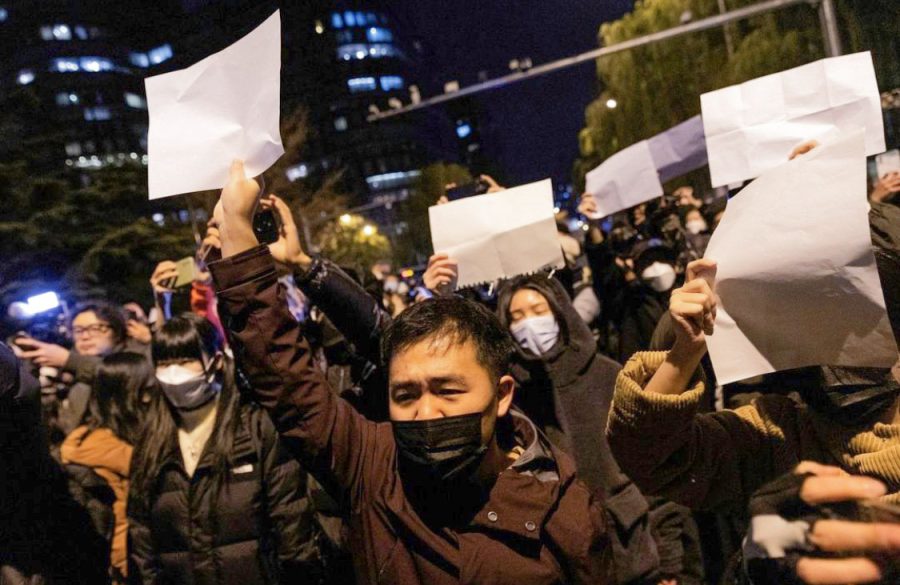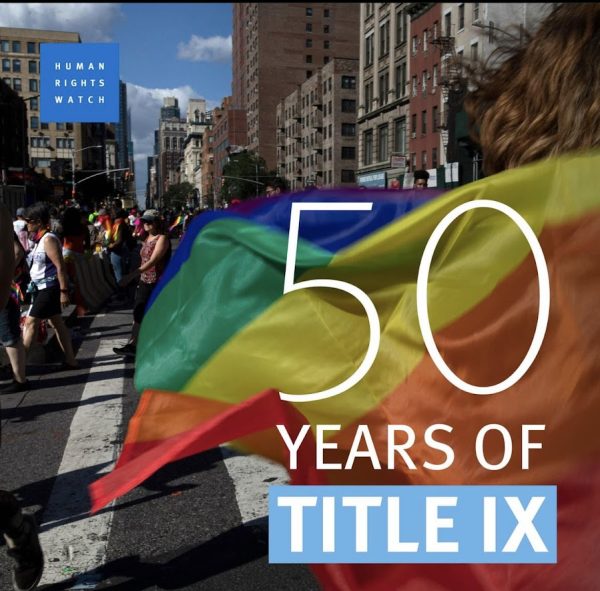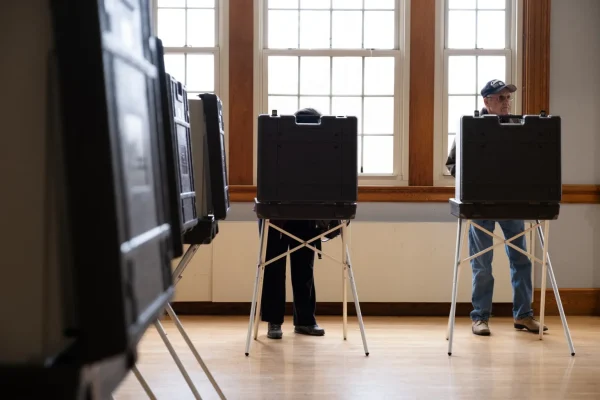China initiates crackdowns as widespread protests against “zero-Covid” protocols continue across the nation
Photo courtesy of Instagram/@time.
Chinese citizens protest in light of “zero-COVID” protocols, Dec. 2, 2022.
Over the past week, China has seen widespread, large-scale protests across the nation, with thousands of citizens expressing long-held anger over three years of sudden lockdowns, border closures and financial hardships. Protests against China’s “zero-Covid” policies mark the country’s largest protests in decades with unprecedented challenges toward leader Xi Jinping’s rule.
While China’s “zero-Covid” policies have kept the country’s cases of COVID-19 relatively low–1.5 million cases nationally and 5,000 deaths according to Our World in Data–as compared to the rest of the world- the policies have caused larger issues to arise. This low case number may have actually caused more harm than good, with low levels of natural immunity leading to fears of widespread outbreaks from the more contagious omicron variant.
Multiple reports of deaths from emergencies went untreated due to restrictive protocols, and many regions of China have been under some form of lockdown since the start of the pandemic; in the spring, millions of residents from Shanghai, China’s largest city, were forced to stay in their homes during a multiple-week-long lockdown that left many without enough food and other basic necessities.
Protests were ignited after a building in Urumqi, in China’s far western Xinjiang region, caught on fire killing a number of individuals in households with previous Covid cases who were locked inside their apartments to stop the virus from spreading. The city has been under strict lockdown since August, with the majority of residents banned from leaving their homes.
Videos taken from nearby buildings and the street during the incident suggest that firefighters may have been delayed from arriving at the scene by street-level lockdown measures. Footage taken showcases one fire truck struggling to spray water on the building from a distance.
State-run media reports have stated that the fire killed 10 residents and injured 9 but reports from local residents say that the death toll may be far higher. The day after the fire, officials of Urumqi’s local government stated that local Covid policies were not to blame for the deaths, instead blaming the residents for being “too weak” to escape.
Thousands of demonstrators took to the streets to speak out against both the longstanding quarantine and testing measures. Initial protests quickly turned from mass grievances against “zero-Covid” to calls for political change, including the removal of President Xi.
The country’s security forces initially responded by attempting to extinguish the protests. China’s health officials, on the other hand, attempted to loosen strict Covid measures in order to appease the public at large. Neither seemed to be enough as posts across social media, even with efforts to censor such outlets, suggested it was not enough.
In recent days, Chinese authorities have responded by initiating the highest “emergency response” level of widespread censorship. This has included a crackdown on methods that allow individuals to get around online censorship, including the usage of virtual private networks (VPNs), in order to stop protesters from accessing banned non-Chinese news and social media apps. The crackdown has also included the tracking down and questioning of protesters.






